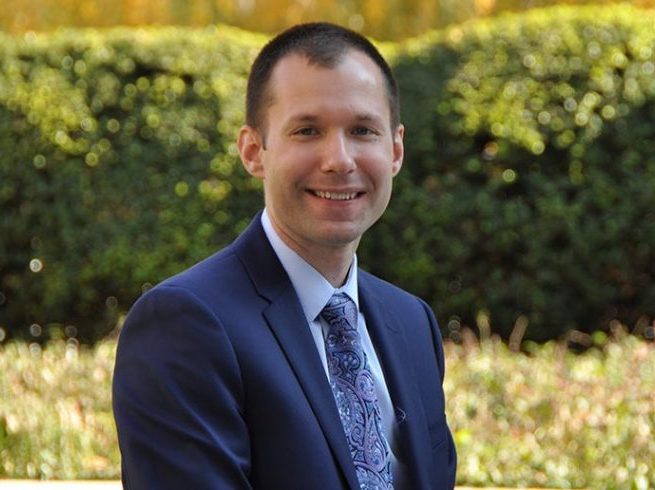
By Kathryn Hulseman
I have been in El Salvador for over two months now, studying at the Universidad Centroamericana through the Casa de la Solidaridad program. All study abroad experiences are unique, and mine has been no exception.
El Salvador is a developing nation with one of the highest murder rates in the world, and twice a week I have the opportunity to experience this reality first-hand by visiting the impoverished community of La Javia, Tepecoyo. The Casa program offers an alternative study abroad experience by emphasizing Jesuit values, simple living and social justice.
The core of the program lies in the belief that in order to understand the reality of the poor, one must walk alongside them in the spirit of solidarity. Thus, I am not here in the function of community service or mission work but rather to be present to the issues of poverty and injustice in our world.
This is my third trip to El Salvador and when I boarded my flight in January, I thought I knew what I was getting myself into. However, I quickly realized that living here for four months is a radically different experience than visiting for a week, particularly given the problem of extreme violence. The violence in El Salvador is intimately tied to the gang presence in the country, and it has significantly influenced Salvadoran society.
As reported by La Prensa Grafica, this past March was the most violent month in the past decade with an average murder rate of 16 people per day, a total of 481 homicides. I have never felt as though my safety was threatened, the Casa program does an incredible job keeping us safe, and there are a number of rules in place to ensure our well-being. In speaking with other Salvadorans, however, I am very aware of how lucky we are to enjoy the safety that we do.
The question of violence and safety is one that significantly shapes my experience here, and I have had my eyes opened to the challenges faced by the majority of people in Central America and Mexico. Violence here cannot be discussed in isolation, as it occurs in the larger framework of socioeconomic injustice and limited opportunity.
Last semester, the issue of Central American children crossing the U.S.-Mexico border temporarily dominated the realms of news and politics, and presently the larger discourse on immigration reform continues. What I find lacking from this debate is the consideration of the reality from which most Central American migrants are fleeing.
Open a Salvadoran newspaper on any given day, and you can likely find at least one story on a person violently killed by gangs. Some communities are so entirely under gang control that people knowingly risk their lives to cross the U.S. border because staying is a death sentence.
I am only here for another two months, and then I will be returning to the States to embark on the journey of processing all that I will have experienced.
While I am presently trying to understand the reality of violence and what my role in it is, there is one thing that I have come to understand in the past two months: violence, even when it is a defining characteristic, is never the sole definition of a place. Here, in one of the most violent countries in the world, I have experienced more love and hope than I ever have before.
Every Monday and Wednesday I am welcomed into the home of a humble family in La Javia and am treated as a daughter regardless of my gringa appearance and intermediate Spanish language skills.
I teach an English class to a group of children who fight against a future of violence by continuing to attend school, and I am blessed to know a woman who feeds lunch to 25 kids every day in an effort to protect the next generation. Salvadoran society may be currently characterized by gang violence, but there is so much more to this country than that.






































































































































































































